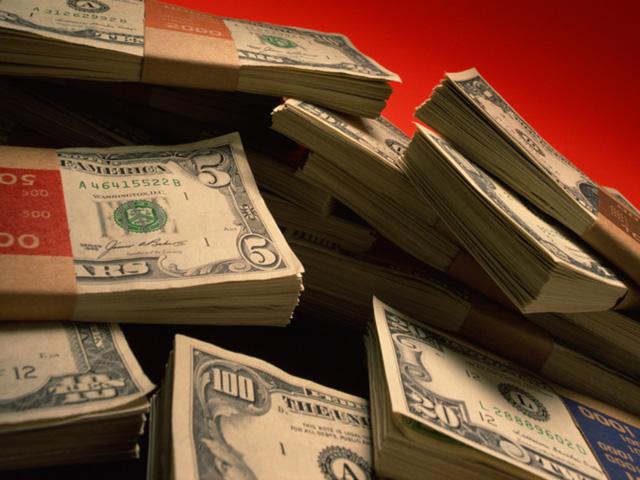Ireland Votes Amid Austerity Anger
Ireland Votes Amid Austerity Anger
DUBLIN (AP) -- Ireland's voters were deciding Friday who should lead their economically rebounding nation as polls suggested that the outcome of the general election could leave no party able to lead a stable coalition.
At dawn, volunteer armies from more than a half-dozen parties went door to door with leaflets and organized carpools to polling stations in schools, gyms and church halls as Prime Minister Enda Kenny sought a second five-year term for his two-party government.
While all polls during the three-week campaign suggested that Kenny's Fine Gael would retain its top spot in parliament, the center-right party faces certain losses that means it cannot hope to form a government without finding new partners.
Kenny's government ally since 2011, the union-dominated Labour Party, faces a likely pummeling as working-class voters switch allegiance to a dizzying array of anti-government voices on the hard left who want to reverse the government's broadly successful but painful austerity program.
P[L1] D[0x0] M[300x250] OOP[F] ADUNIT[] T[]
Many voters say they're determined to punish the government, citing the cost of a turnaround that has delivered pruned wages, harsher income taxes and new charges on property and water.
The two opposition parties expected to fare well when ballots are counted Saturday are Fianna Fail, the populist force at the traditional heart of Irish politics, and Sinn Fein, the Irish Republican Army-linked party anchored in Northern Ireland that has steadily grown in popularity in the Republic of Ireland since 1990s IRA cease-fires.
Kenny has ruled out a coalition with either party citing irreconcilable differences on ethics and economic policy. That greatly limits the possible combinations for the next government in Ireland, where no party has governed on its own since 1989.
Analysts say creating a parliamentary majority probably will require cooperation between Fine Gael and Fianna Fail, which between them have led every Irish government since 1923 — but never together. They trace their origins to opposing sides in the merciless Irish civil war which ended that year and, four generations on, still scars the political landscape.
While both parties contest the same center-right ground, Fine Gael has built a record of economic prudence in contrast to Fianna Fail recklessness.
Fine Gael won its greatest victory in the 2011 election that followed Ireland's plunge toward bankruptcy and a humiliating international bailout. Fianna Fail, in power since 1997, had offered enthusiastic support to a runaway property market that bloated free-spending Fianna Fail budgets for a decade — and ended in catastrophe for ill-regulated Dublin banks. Fianna Fail sought to save them through nationalization, but the banks' toxic debts overwhelmed Ireland.
Kenny argues that his party deserves credit for leading Ireland out of bailout loan dependence in 2013 and, in a rapid turnaround forecast by virtually no economists, back to Europe-leading growth for the past 2 1/2 years.
His government has repaired Ireland's credit ratings by repaying International Monetary Fund loans early and beating deficit targets. Economists say 2016 should be the first year of net immigration to Ireland since 2008, the terminus of the vaunted Celtic Tiger boom.
But Fianna Fail leader Micheal Martin has outperformed Kenny in this month's three television debates. His party, which means "Soldiers of Destiny" in Gaelic, has risen in this month's polls as he paints Fine Gael as a defender of corporate fat cats.
(KA)



